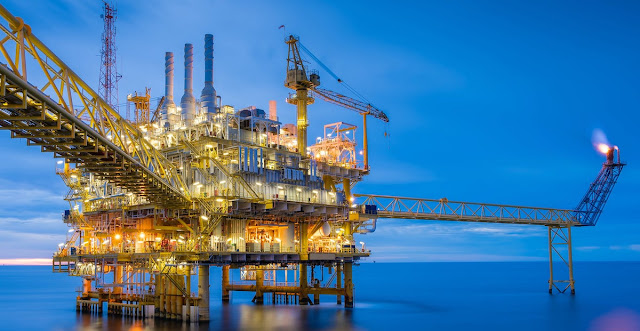
What kind of thermocouple should I use? Depends on several variables related to the system to be tracked, such as its media / process environment compatibility, the frequency and precision of the necessary measurements, and the regulatory climate in your sector.
Temperature measurement in many industries, from refining to pharmaceuticals to aerospace, is a key parameter in manufacturing and processing operations. Precise temperature monitoring helps to ensure safe, efficient and optimal results.
A
thermocouple is invariably the measuring tool of choice for applications above 1400° F, but the selection of the ideal industrial thermocouple also requires knowledge of the process where the device will be used.
INTERFACE WITH PROCESS
First, consider whether the thermocouple is itself in direct contact with the process media or whether it is incorporated into a thermocouple assembly that includes a thermowell. Thermowells are metal, glass, or ceramic tubes that protect the thermocouple against corrosive, fast-flowing or highly hot process media. About 75% of heavy industry thermocouples use thermowell assemblies; these industries include refining, petrochemical, the pulp and paper industry, and power generation.
JUNCTION
The thermocouple junction design depends on the applications requirements for response speed and the likelihood of electrical noise being conducted through the process. A thermocouple has three variations of sensing tip (or junction):
Exposed junction, where the exposed wire tips and welded bead have no covering or protection;
Grounded junction, where the welded bead is in physical contact with the thermocouple's sheath;
Ungrounded junction, where the tip is inside the thermocouple sheath, but is electrical (and somewhat thermally) insulated from the sheath (no sheath contact).
MATERIAL SELECTION
Material selection is the second criteria to choose. A vast majority of industrial thermocouples are made from stainless steel, but specialized alloys such as Inconel 600, Hastelloy X, Monel, and other unique metals are required in certain applications.
MOUNTING
Next, you have to consider the mounting arrangement. You need to determine whether a more traditional industrial thermocouple/well/head design is required, or if some sort of flexible or remote thermocouple sensor is required for use in a hard to access area.
TYPE
Last, you have to decide the "type" of industrial thermocouple you need. In the case of thermocouples, "type" refers to the composition of metal wires in the instrument whose physical properties respond to changes in temperature. Different metal compositions have different temperature ranges and other properties that make them suitable for use in special applications, or inappropriate for use.
- Type J thermocouples use iron for the positive leg and copper-nickel (constantin) alloys for the negative leg. They may be used unprotected where there is an oxygen-deficient atmosphere, but a thermowell is recommended for cleanliness and generally longer life. Because the iron (positive leg) wire oxidizes rapidly at temperatures over 1000 deg.F, manufacturers recommend using larger gauge wires to extend the life of the thermocouple when temperatures approach the maximum operating temperature.
- Type K thermocouples use chromium-nickel alloys for the positive leg and copper alloys for the negative leg. They are reliable and relatively accurate over a wide temperature range. It is a good practice to protect Type K thermocouples with a suitable ceramic tube, especially in reducing atmospheres. In oxidizing atmospheres, such as electric arc furnaces, tube protection may not be necessary as long as other conditions are suitable; however, manufacturers still recommend protection for cleanliness and prevention of mechanical damage. Type K thermocouples generally outlast Type J, because the iron wire in a Type J thermocouple oxidizes rapidly at higher temperatures.
- Type N thermocouples use nickel alloys for both the positive and negative legs to achieve operation at higher temperatures, especially where sulfur compounds are present. They provide better resistance to oxidation, leading to longer service life overall.
- Type T thermocouples use copper for the positive leg and copper-nickel alloys for the negative leg. They can be used in either oxidizing or reducing atmospheres, but, again, manufacturers recommend the use of thermowells. These are good stable thermocouples for lower temperatures.
- Types S, R, and B thermocouples use noble metals for the leg wires and are able to perform at higher temperatures than the common Types J and K. They are, however, easily contaminated, and reducing atmospheres are particularly detrimental to their accuracy. Manufacturers of such thermocouples recommend gas-tight ceramic tubes, secondary porcelain protective tubes, and a silicon carbide or metal outer protective tube depending on service locations.
 Conditions on offshore platforms are harsh. Equipment and components must provide stable
Conditions on offshore platforms are harsh. Equipment and components must provide stable 




